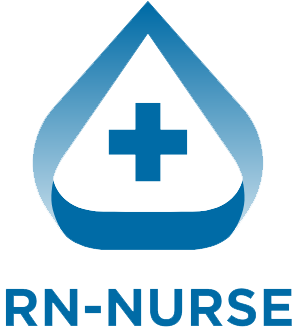Breastfeeding is one of the most important skills that a registered nurse (RN nurse) must be able to support in new mothers. For the NCLEX, breastfeeding questions often test your knowledge on latch, positioning, common problems, and nursing priorities. This article will break down breastfeeding basics into simple, easy-to-remember steps that you can use both for the exam and in clinical practice.
Why Breastfeeding Support Matters
Nurses play a vital role in helping mothers succeed with breastfeeding. It’s not only about nutrition—it also strengthens the bond between mother and baby, boosts the immune system, and reduces health risks. For a nursing student preparing for the NCLEX, understanding breastfeeding care is an essential part of the maternity section in any nursing bundle or OB resource.
1. Proper Latch Technique
A correct latch prevents pain and ensures the baby is getting enough milk. Here’s what nurses should assess:
- Baby’s mouth should cover both the nipple and part of the areola.
- Lips should be flanged outward (“fish lips”).
- Chin touches the breast first, not the nose.
- Sucking pattern: slow and deep, not quick and shallow.
Nursing Tip: If the mother reports pain beyond the initial seconds, check the latch. Re-latch if needed. This is a key NCLEX concept.
2. Positioning for Breastfeeding
Positioning is critical. Nurses should teach new moms these common holds:
- Cradle Hold – Baby’s head rests in the crook of the mother’s arm.
- Cross-Cradle Hold – Offers more control, good for newborns.
- Football Hold – Baby tucked under the arm like a football, ideal for C-section moms.
- Side-Lying Position – Comfortable for nighttime feeds.
Registered nurses should always encourage mothers to bring the baby to the breast, not the breast to the baby.
3. Mastitis: Prevention and Care
Mastitis is a painful breast infection that often occurs when milk ducts become blocked. Symptoms include:
- Red, swollen, and painful breast
- Fever and flu-like symptoms
- Hard lump or area of engorgement
Nursing Interventions for Mastitis:
- Continue breastfeeding or pumping (to empty the breast)
- Apply warm compresses before feeding
- Encourage rest and hydration
- Administer antibiotics if prescribed
NCLEX Alert: The mother should not stop breastfeeding unless otherwise directed. Emptying the breast is key.
4. Nursing Role in Breastfeeding Support
- Education: Teach new moms about latch, positioning, and feeding frequency (every 2–3 hours).
- Support: Encourage skin-to-skin contact and rooming-in.
- Monitoring: Check for infant weight gain and wet/dirty diapers as indicators of feeding adequacy.
- Advocacy: Provide non-judgmental care and connect mothers with lactation consultants.
5. NCLEX Nursing Bundle Takeaway
For NCLEX prep and real-world practice, remember:
- Latch is the most important factor for successful breastfeeding.
- Positioning can make or break the mother’s comfort.
- Mastitis care requires continued breastfeeding, not stopping.
These concepts often appear in maternity nursing questions, so make sure they are part of your nursing bundle or study guide collection.
Final Thoughts
Whether you are a nursing student preparing for the NCLEX or a registered nurse working in maternity care, knowing how to guide mothers through breastfeeding is essential. From teaching proper latch and positioning to managing mastitis, the rn nurse is at the center of postpartum care.
By mastering these breastfeeding nursing tips, you will not only pass the NCLEX but also provide the best care for moms and babies.

